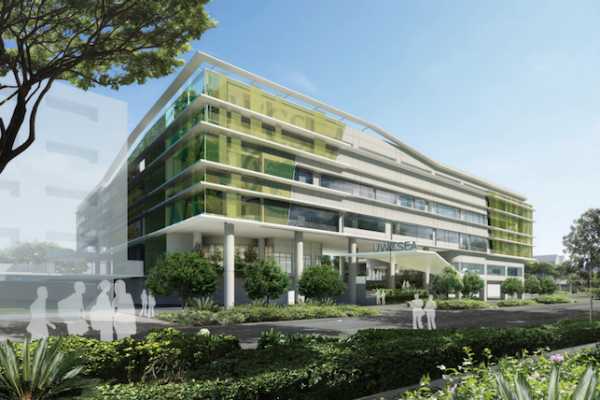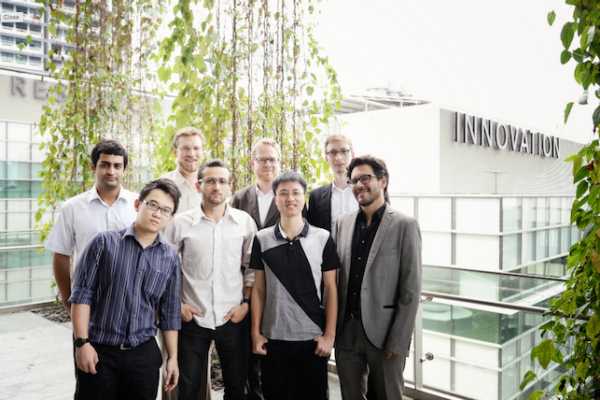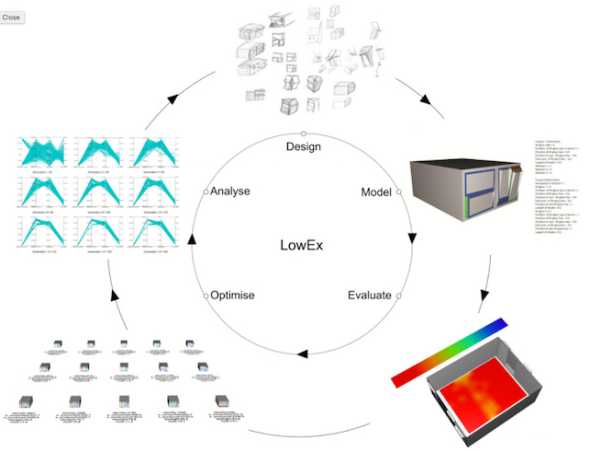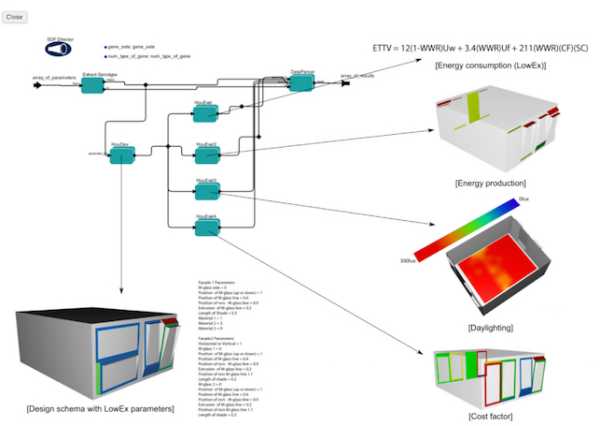Low Exergy
Addressing issues of sustainability in the building sector using models and practical demonstration projects based on the concept of exergy as a more sophisticated measure of energy usage
The building sector places one of the heaviest, and increasingly unsustainable, burdens on the world’s energy resources and natural environment. The problems of climate change and finite stocks of fossil fuels will cause severe conflicts in the coming decades if there is no change in the technologies used to construct and run buildings. The supply of energy itself is not a problem because solar radiation exceeds the power requirements of human society by factors of more than 100 at every site of human population. Rather, current technologies inhibit our ability to capture and utilise available renewable energy without negative side effects.
The Low Exergy (LowEx) module proposes, as a consequence, that fundamental changes and innovations are necessary in the way we consider buildings and the flows of energy that they embody. This implies a rethinking of the way in which buildings are designed, constructed, operated, maintained, renovated and, if necessary, demolished. The module is focused on expanding the available range of solutions that can counter the current unsustainable demand that the built environment places on global energy resources. It does so at theoretical, methodological and empirical levels.
The module innovates theoretically around the concept of exergy as a more sophisticated measure of energy usage in the building sector. It develops and modifies design software, building control and automation systems to optimise the use of renewable energy sources through the operation of low exergy systems. And finally, it adapts and implements practical solutions being researched in Switzerland in the different climatic and cultural conditions of Singapore. These take the form of models, pilot projects and at least one full-scaled building project.
The Low Exergy module researches the development of new LowEx systems for the tropics. The work includes the adaption and performance assessment of existing LowEx systems that have been developed in Switzerland for heating and have been brought to Singapore for evaluation as part of the BubbleZERO laboratory. The work of the five PhD students relates to the different aspects of the low exergy system implementation in the tropics. These topics are:
- radiant high temperature cooling
- decentralized ventilation and indoor air quality optimization
- wireless sensors and control
- low temperature heat rejection (Heat Bus System)
- integrated system design, modeling and visualisation
The BubbleZERO is the first pilot of low exergy technologies in Singapore. The laboratory contains several technologies including radiant cooling, decentralized ventilation, and wireless sensing and control that are tested and evaluated for high performance cooling operation in the tropical Singapore climate. The laboratory has been used to demonstrate the effectiveness of these systems to maintain comfortable interior conditions.
The findings of this module have been incorporated into a holistic design concept, called 3for2 – Beyond Efficiency, that allows to reduce material usage for building construction and energy flows for air-conditioning by integrating LowEx technologies with the structural systems of a building. Elements of this concept are currently being implemented in an actual building project in Singapore, which will be completed in 2015.
On a larger scale, the findings related to centralised heat rejection, the Heat Bus System, have been incorporated into the design concepts for the backlanes of shophouse neighbourhoods.




